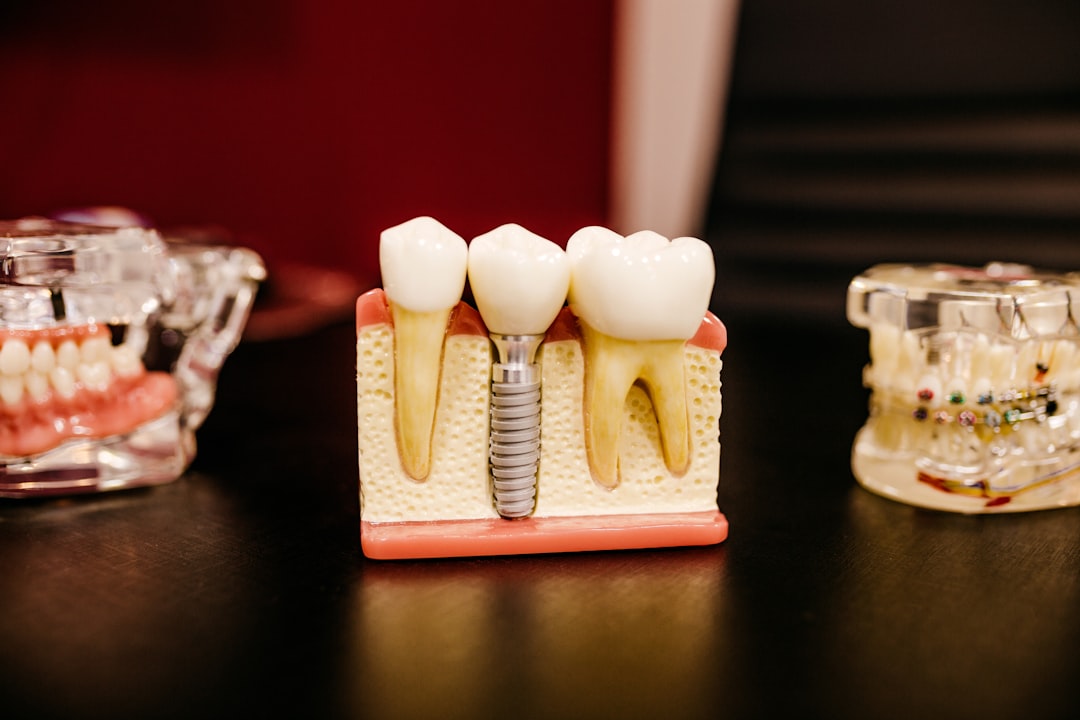What is it about?
Diagnostic tests on saliva are common and cost-effective, particularly for patients who need to monitor their hormone levels or the effectiveness of undergoing therapies. Furthermore, salivary diagnostics is ideal for surveillance studies and in situations where fast results and inexpensive technologies are required. The most important constituents of saliva are proteins, the expression levels of which may be modified due to variations of the cellular conditions. Therefore, the different profile of proteins detected in saliva, including their absence, presence or altered levels, is a potential biomarker of certain physiological and/or pathological conditions.
Featured Image
Why is it important?
A promising novel approach to study saliva is the global analysis of salivary proteins using proteomic techniques. In the present study, surface-enhanced laser desorption/ionization-time-of-flight/mass spectrometry (SELDI-TOF/MS), one of the most recent proteomic tools for the identification of novel biomarkers, is reviewed.
Perspectives
Therefore, the analysis of the salivary proteome by SELDI-TOF/MS may aid to identify prognostic or diagnostic biomarkers, complement the results of 2D-PAGE analysis and confirm the findings of MALDI-TOF/MS analysis.
Prof Lorenzo Lo Muzio
Universita degli Studi di Foggia
Read the Original
This page is a summary of: Expression of salivary biomarkers in patients with oral mucositis: evaluation by SELDI-TOF/MS, Oral Diseases, February 2016, Wiley,
DOI: 10.1111/odi.12405.
You can read the full text:
Contributors
The following have contributed to this page










